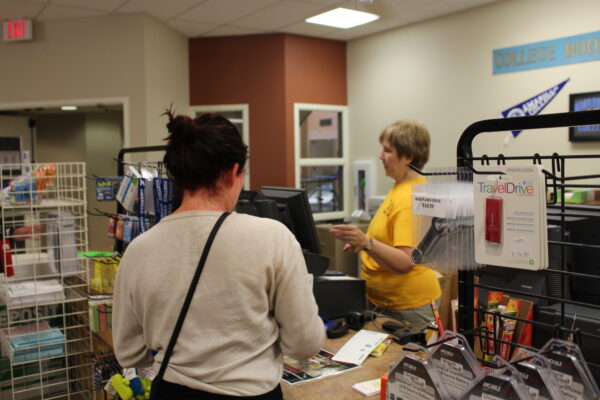
By Lyndsee Cantly:
With the price of tuition at an all-time high and the cost of college becoming a burden for some students, many are looking for anything to lighten the load. In their search for cheaper education, some students have turned to open source textbooks.
Open source textbooks are books made with an open license that can be downloaded by students at low costs. They can turn out to be a much cheaper alternative to an actual textbook.
“As long as it isn’t biased and has reliable information in it, I support it. It would lessen the financial burden on us as students,” Sala Mata, a nursing major, said.
Mata said that last semester she had to pay upward of $500 for textbooks alone and she wouldn’t have even been able to do that if it weren’t for her financial aid. In addition to lessening costs, open source textbooks also provide an opportunity for materials to be updated with more relevant information and a faster pace.
“Often material can be out of date because it takes so long to get through publishing and by the time it’s done newer information is already out,” Dr. Elizabeth Rodriguez, a psychology professor, said.
Open source textbooks also offer up many ways to access them, including printing which some students also see as a benefit.
“I support the open source movement, but I personally don’t like online books because I feel like I could get distracted very easily by social media,” Stephanie Burciaga, a dental hygiene major, said.
Burciaga also noted that she feels she understands the material more when she can physically flip from page to page and highlight it.
Even with all the benefits of open source material, there are still a few setbacks to the measure. For example, some students may not have access to online materials at any given moment and some resources may not be completely accurate if it allows for users to update the material itself.
While these problems exist, there may be simple work arounds that would allow everyone to be able to access suitable material.
“I believe that the best way to approach it would be to supplement the text with the open source materials,” Rodriguez said.
Rodriguez also explained that getting the campus or even a department together to gather the open-source materials in one place might even help students gain easier access to it.

Leave a Reply